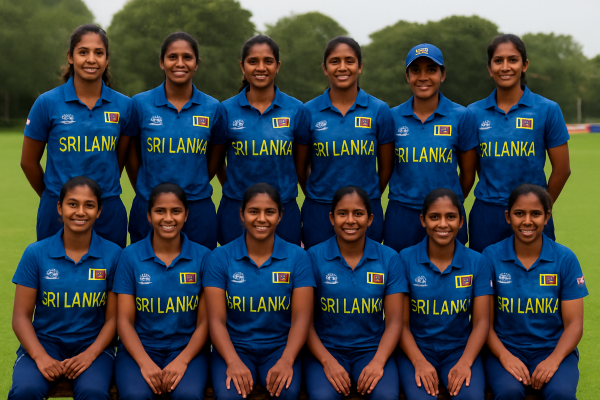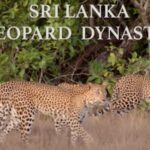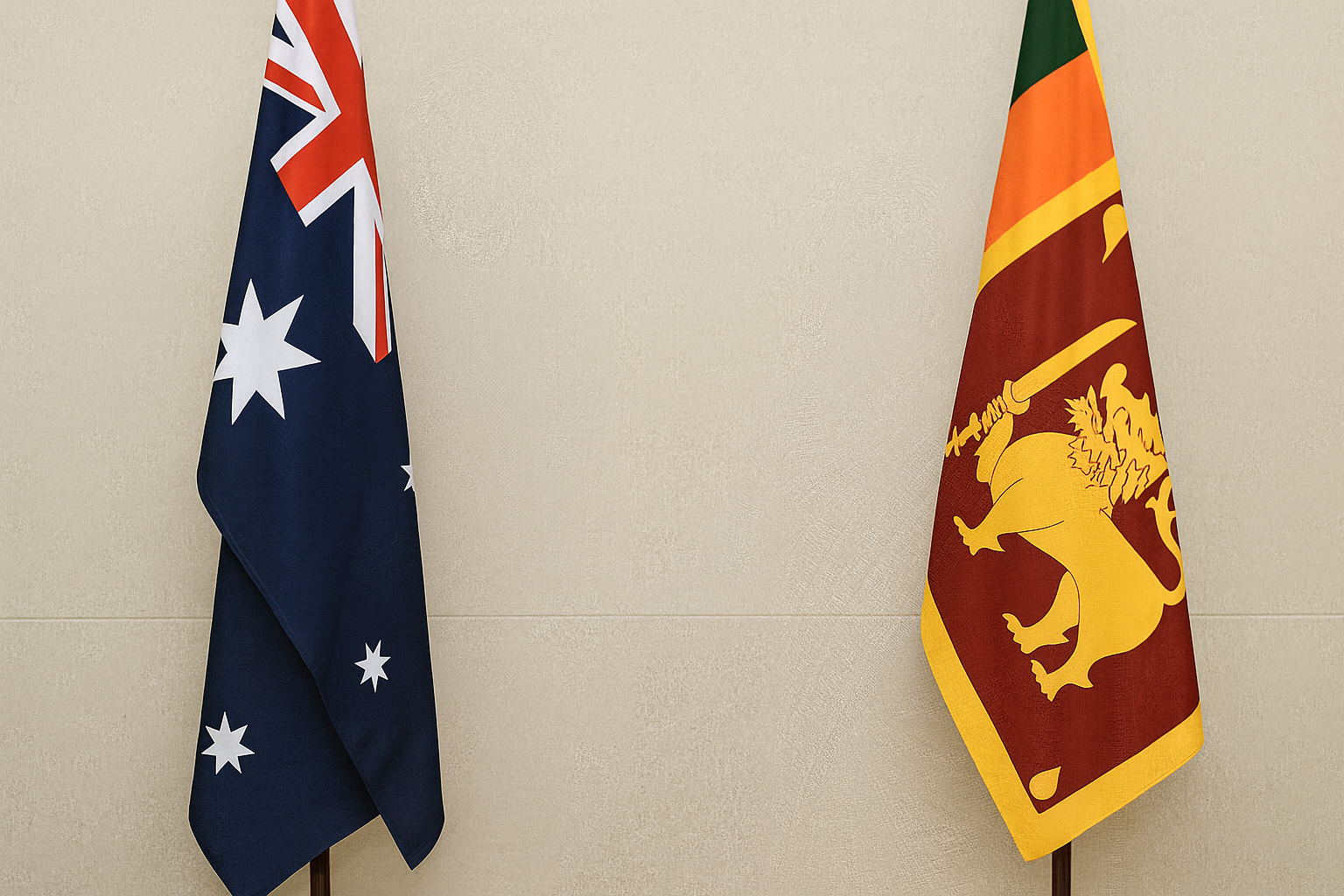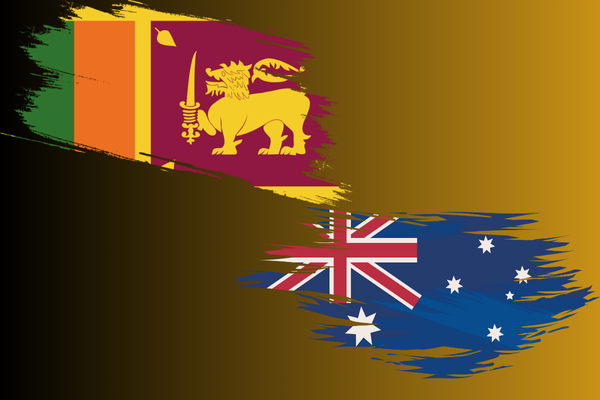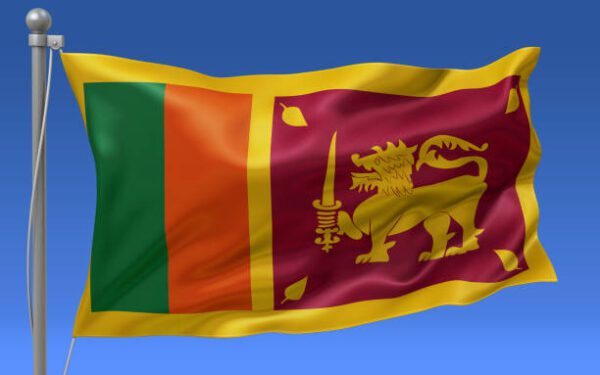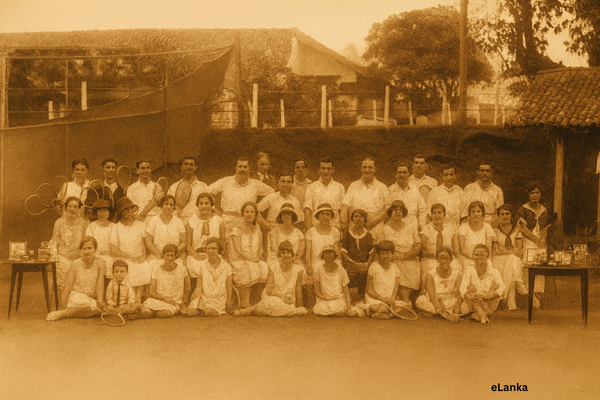Some Sources on the Ceylon National Congress, 1919-50-by Michael Roberts
Source:Thuppahis
Ponnambalam Arunachalam
EW Perera
CWW Kannangara
1. Ariyaratne, R. A. 1977. “Communal Conflict and the Formation of the Ceylon National Congress”. The Ceylon Journal of Historical and Social Studies, 1977 Vol. VII No. 1 , pp. 57-82. http://dlib.pdn.ac.lk/handle/1/3639 (PDF available) …….
An extensive 26-page paper providing a detailed overview on Ceylon National Association, CNC, and places it within the context of territorial and communal division. Also talks about the CAN and CNC as “open” reform societies, and outlines how they consisted of a cross-section of westernized elites.
- Excerpt: A rift with the Government having thus already been created, and without a European go-between the reform leaders convened the first session of the Ceylon National Congress on 11 December 1919. Its principal architect, Arunachalam, was elected the first President. Recalling his uphill task, he wrote in 1923 “Only those who have been in the inner councils of the reform movement can know how difficult it was to bring the various communities together on a common platform, what toil and tact were needed to educate the people in their rights and duties to remove ancient prejudices and jealousies, to harmonies differences and dissensions and create the indispensable basis of mutual trust and co-operation”.
- Cooray, M.H.V. 2004. “The Independence of Sri Lanka”. The Island. http://www.island.lk/2004/02/08/politi01.html
Key points:
- Brief comparison between Indian National Congress and CNC
- Excerpt:
The political agitation for more legislative power for the Ceylonese, leading ultimately to full independence was started by the Ceylon National Association formed in 1917, followed by the Ceylon National Congress formed in 1919. It was a sign of the ethnic amity that prevailed at the time that Sir Ponnambalam Arunachalam, a Tamil, was elected as the first President of each of these bodies, a majority of whose members were Sinhalese.
Amongst leaders who joined these two bodies, apart from Ponnambalam Arunachalam, were Ponnambalam Ramanathan his brother, D. S. Senanayake and his two brothers F. R. and D.C., Sir James Peiris, E. W. Perera, C. W. W. Kannangara, Sir D. B. Jayatillake, D. R. Wijewardene, S. W. R. D. Bandaranaike and J. R. Jayewardene. Arunachalam their elected leader, hoped that the Indian National Congress led by Gandhi and Nehru, would provide a model for the Ceylon National Congress, but his colleagues were mostly conservatives who thought political agitation as it was being pursued in India was not for gentleman and feared any mass involvement.
- http://www.island.lk/2009/02/14/satmag1.html (Oration for Sir Ponnambalam Arunachalam, 2009)
- De Silva, K. M. 1981. “Chapter 28: Elite Conflict and the Ceylon National Congress”, from A History of Sri University of California Press, pp. 389-401.
Key points:
- De Silva provides an overview for his detailed papers “The Ceylon National Congress in Disarray” (mentioned below), talks about CNC’s issues with members failing to desist from raising caste issues, a division among the Sinhalese, and how ethnicity was a decisive factor in elite competition. De Silva’s aim in this chapter is to survey the unfolding of problems such as rivalry and conflict between Sinhalese and Tamils in both national life and the political arena.
- De Silva, K. M. “The Ceylon National Congress in Disarray, 1920-21; Sir Ponnambalam Arunachalam Leaves the Congress”. The Ceylon Journal of Historical and Social Studies. http://www.noolaham.net/project/120/11991/11991.pdf (PDF available)
Key points:
- Details on Arunachalam, his decision to leave Congress, and the aftermath of the Congress after Arunachalam’s departure, James Pieris’ interactions with Congress officials along with detailed accounts of multiple discussions and meetings in which the CNC was involved.
- Part II “The Ceylon National Congress in Disarray II: The Triumph of Sir William Maning” available as well.
- Gunawardena, R.H.R. (1990-1994). “Politics of the Ceylon National Congress 1900-1930”. Kalyani, Journal of Humanities & Social Sciences, University of Kelaniya, 09-13: 219-247. http://repository.kln.ac.lk/handle/123456789/5577
Key points:
- Previous research on CNC conducted by K.M. De Silva, and P.V.J. Jayasekara (I was unable to find Jayasekara’s work)
- Only Page 1 available in PDF format
- Provides an overview on the Ceylon National Association
- Thesis: Analyze the nature and composition, the character, the conflicts among the elite members and the political role of the Congress up to 1930
- Rajasingham, K. T. 2001. “Asia Times Sri Lanka The Untold Story”. Org. http://www.sangam.org/ANALYSIS/AsiaTimes.htm.
Chapter 4: The Ceylon National Congress and its intrigues .. …… http://www.atimes.com/ind-pak/CI01Df03.html
A brief chronological overview of the Congress, its feuds, resolutions, objectives, the dichotomy between Sinhalese and Tamil delegates
Chapter 10: Lord Soulbury and his soulless report
http://www.atimes.com/ind-pak/CJ13Df01.html
Excerpt: Meanwhile, the Ceylon National Congress, at its 25th annual conference, resolved to demand ” for a complete freedom after war”. It further resolved that the constitution the Board of Ministers be drafting, and it should not make provision either for a second chamber or provide for His Majesty in Council to revoke or amend the constitution, and further that the power to amend the constitution be given to the legislature of the island.
Subsequently, according to a news item in the Ceylon Daily News, dated December 24, 1943, with the caption “Mr Senanayake resigns from the Congress – break on Communist Party Issue,” created a mild stir in the Sinhalese leadership. According to the news item, “The leader of the State Council, Mr. D S Senanayake has resigned his membership of the Ceylon National Congress. He has intimated his resignation in a letter to the Joint Secretaries of the Congress.
- Also talks about the aftermath of Senanayake’s resignation, the fate of the Congress,
As a related development, the 26th annual session of the Ceylon National Congress was held on January 27-28, 1945 at the Colombo Town Hall, where George E de Silva, the Minister of Health, was elected as the new president. In his address he said, “The Congress which stands for freedom cannot crawl before a commission, whose terms of reference do not go beyond internal self-government. Today we stand pledged to strive for freedom. Nothing less than that can be accepted.”
The Congress also resolved, “Whereas the decision of the State Council ‘to frame a Constitution of the Dominion type for a Free Lanka’, falls short of the full national right for freedom, nevertheless, this Congress instructs its members in the State Council to support the Bill providing ‘a new constitution for a Free Lanka’ as an advance in our struggle for freedom and to incorporate in it a solution of the minority problem, in accordance with the direction of the All Ceylon Congress Committee.”
- Roberts, Michael. 1977. “Documents of the Ceylon National Congress and Nationalist Politics in Ceylon 1928-1950”. Department of National Archives. http://opac.lib.sjp.ac.lk/cgi-bin/koha/opac-search.pl?q=ceylon+national+congress
- Roberts, Michael. 1978. “Ethnic Conflict in Sri Lanka and Sinhalese Perspectives: Barriers to Accommodation.” Modern Asian Studies, pp. 353-76. http://www.jstor.org/stable/312225.
- Sabaratnam, T. 2010. “Sri Lankan Tamil Struggle Chapter 18: The First Sinhalese- Tamil Rift T. Sabaratnam”. Org. http://www.sangam.org/2010/12/Tamil_Struggle_18.php.
Abstract: Arunachalam began to lose faith in the Sinhala leaders soon after the inauguration of the Ceylon National Congress. His efforts to mould the Ceylon National Congress on the lines of the Indian National Congress which rose above regional nationalism and interests were resisted by the group led by F.R. Senanayake. Arunachalam later said they refused to rise above the Sinhala nationalistic interests. They viewed every issue from the stand of Sinhala nationalism.
The breaking point came before the 1921 Legislative Council election. Arunachalam asked Peiris and Samarawickrama that the Colombo Town seat be allocated to him in accordance to the agreement reached during the formation of the Ceylon National Congress. They turned down Arunachalam’s request saying that the acceptance of his request would mean the acceptance of the principle of communal representation. When pressed further they said that the pledge given in their capacity of presidents of the association which existed at that time had no binding on them as officials of the Ceylon National Congress.
- Wickramasinghe, Nira 2015. “Sri Lanka in the Modern Age: A History”. Oxford University Press. https://books.google.lk/books?id=1sCHCwAAQBAJ&pg=PA244&lpg=PA244&dq=History+and+Politics+-+Millenial+Perspectives:+Essays+in+Honor+of+Kingsley+de+Silva&source=bl&ots=KSbF2EzOld&sig=gz38fOMdOFQ0E0Y7TX_V5VP4SB0&hl=en&sa=X&ved=0ahUKEwi4iq-AnsvbAhWFTX0KHXFXAgsQ6AEITjAH#v=onepage&q=History%20and%20Politics%20-%20Millenial%20Perspectives%3A%20Essays%20in%20Honor%20of%20Kingsley%20de%20Silva&f=false………..Could not find full text
Additional Sources:
- Bandaranaike, S.W.R.D. 1928. “The hand-book of the Ceylon National Congress: 1919-1928”. The National Museums of Sri Lanka. http://search.lib.ou.ac.lk/cgi-bin/koha/opac-detail.pl?biblionumber=26224&shelfbrowse_itemnumber=28550
Key points = Published in 1928, not before 1977 ………… Link provided is a library link






